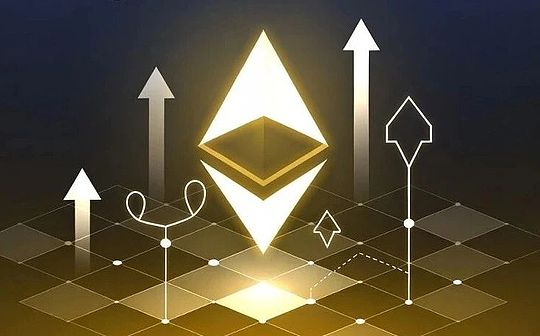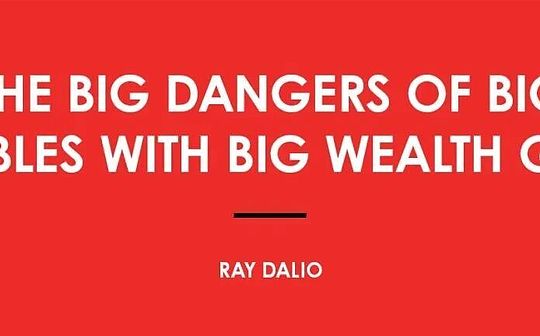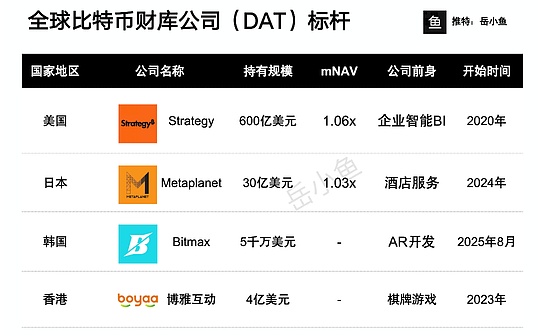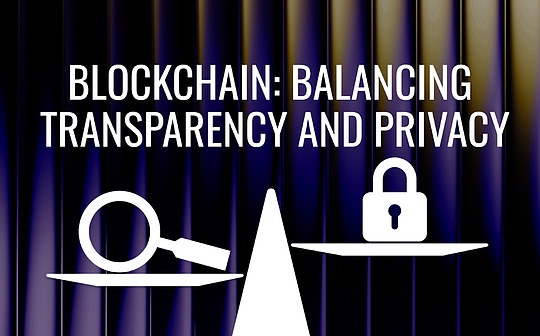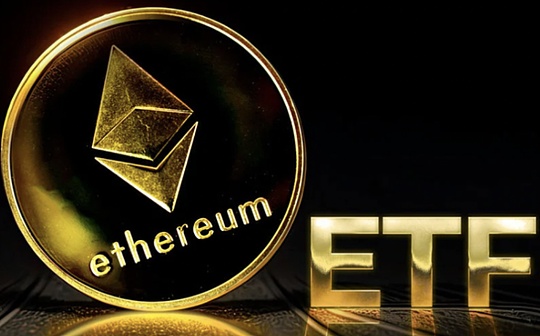
Author: Alex O’Donnell Source: coindesk Translation: Shan Oppa, Bitchain Vision
After years of regulatory resistance and countless revised registration documents, spot Ethereum Exchange Trading Funds (ETFs) have finally entered the market.
Publicly traded Ethereum (ETH) ETF stock will be listed on some of the most popular brokerage platforms in the United States with stocks such as Apple (AAPL) and SPDR S&P 500 ETF Trust (SPY) for the first time.
The highly anticipated listing is a decisive moment in the cryptocurrency market and an opportunity for millions of U.S. institutions and retail investors.Here is what you need to know to make the most of it.
When will spot Ethereum ETF be listed?
The Chicago Options Exchange (CBOE) confirms July 23 as the launch date for the five ETFs traded on its platform:21Shares Core Ethereum ETF, Fidelity Ethereum Fund, Invesco Galaxy Ethereum ETF, VanEck Ethereum ETF and Franklin Ethereum ETF.
The other four spot ETH ETFs will be traded on the Nasdaq or the New York Stock Exchange (NYSE) Arca.Although these exchanges have not issued official announcements yet, they are widely expected to be listed on July 23 as well.
Where can I buy Ethereum ETF stocks?
Short answer: Almost any major brokerage platform.Every ETH spot ETF listed in the last week of July has been approved by regulators to trade on at least one major U.S. exchange – specifically the Nasdaq, the New York Stock Exchange (NYSE) Arca or CboeBZX.
Daily investors do not trade directly on these exchanges.Instead, they rely on brokerage platforms such as Fidelity, E*TRADE, Robinhood, Charles Schwab and TD Ameritrade as intermediaries.
Once the ETH ETF stock is listed on a public exchange, all well-known brokerage firms and other institutions are expected to be able to facilitate trading.
What are my options and how do I know which one is the best?
Nine spot Ethereum ETFs are about to begin trading.In terms of underlying mechanisms, these funds are almost exactly the same.Each ETF is sponsored by reputable fund managers, holds spot ETH through qualified custodians and relies on a group of core professional market makers to create and redeem shares.They also all enjoy the same standard investor protection, including insurance against broker bankruptcy and cybersecurity risks.
For most investors, the decisive factor comes down to fees.Eight of the nine ETFs have management fees ranging from 0.15% to 0.25%.The only exception is the Grayscale Ethereum Trust (ETHE), which began trading in a different fund structure in 2017, but the management fee is still 2.5%.

Most (but not all) Ethereum ETFs are temporarily exempting or reducing fees to attract investors.The Greyscale Ethereum Trust is once again the leader in this field, tied with the Invesco Galaxy Ethereum ETF (QETH).
Ironically, the obvious leader in the paid competition is also a grayscale product.Grayscale Ethereum Mini Trust (ETH) is a new fund created specifically for listing as an ETF with an administrative fee of only 0.15%.These fees will be completely exempted in the first six months after listing or until the fund’s assets under management (AUM) reach $2 billion.
Another compelling option is Franklin Templeton’s Franklin Ethereum ETF (EZET).Its administrative fees are 0.19%, the second lowest among its kind of funds, and will be exempted by January 2025 or until the fund’s AUM reaches $10 billion.
Will spot Ether ETFs provide pledge services?
The short answer is “No”.The longer answer is: “Maybe, but not soon.”
To review, staking involves depositing ETH into the validator node on the Ethereum beacon chain.Pledged ETH can receive a percentage of network fees and other rewards, but may also be “cut” if the validator is inappropriate or fails – or the pledged collateral is forfeited.
Staking is attractive because it can significantly improve returns.According to StakingRewards.com, the annualized yield was about 3.7% as of July 19.
Earlier this year, several publishers including Fidelity, BlackRock and Franklin Templeton sought regulatory approvals to add staking capabilities in spot ETH ETFs.The SEC rejected these requests.
According to several negotiators who declined to be named,The problem comes down to liquidity.It usually takes several days to withdraw from the Beacon chain.This is a problem for issuers as they need to redeem ETF shares in a timely manner as required to acquire underlying fund assets.
Issuers are still exploring ways to add staking functionality to existing ETH spot ETFs—probably by maintaining a “buffer” of liquid spot ETH—but the viable plan will take at least a few months.At present, ETH ETF cannot be pledged

